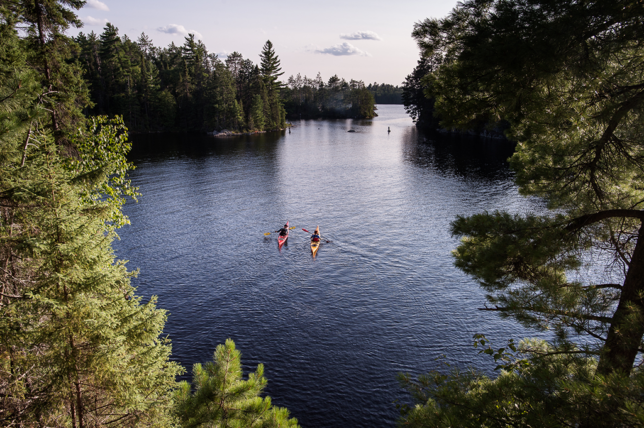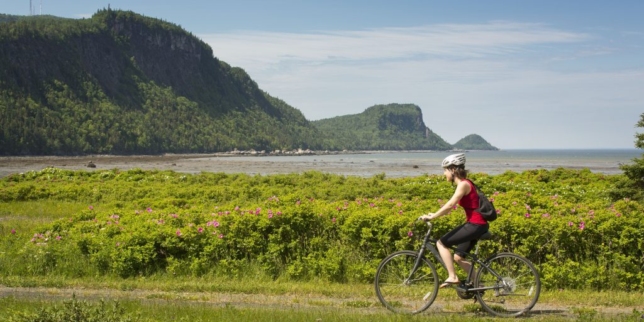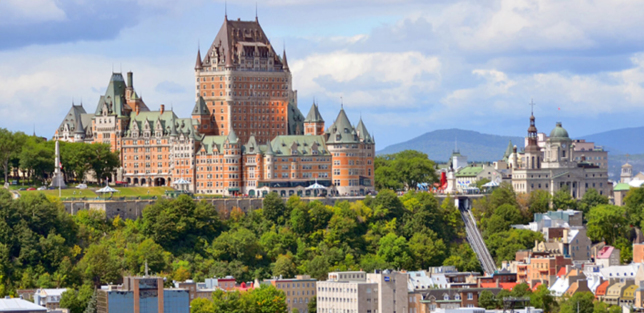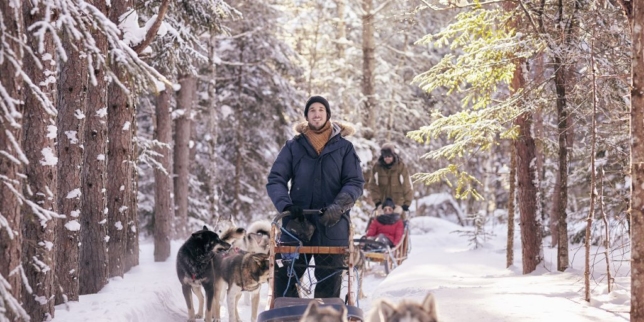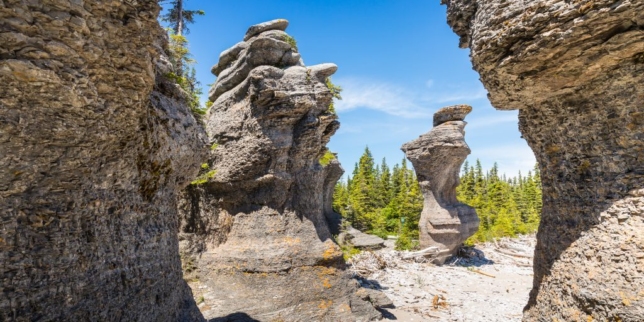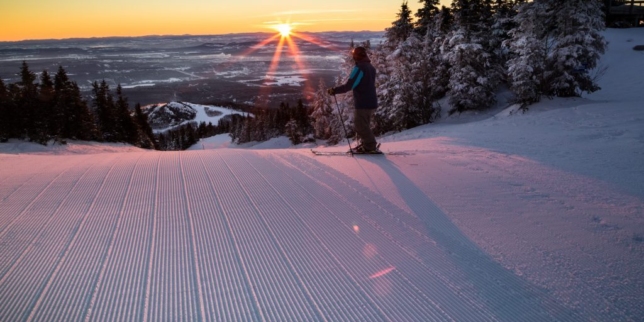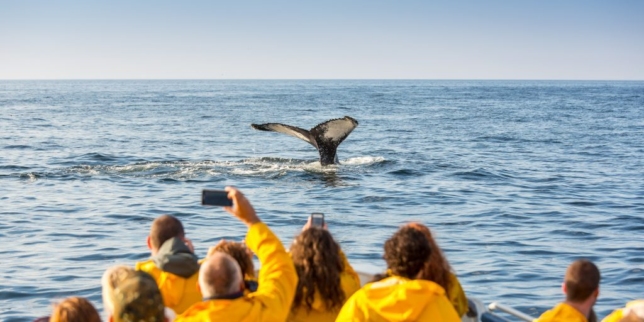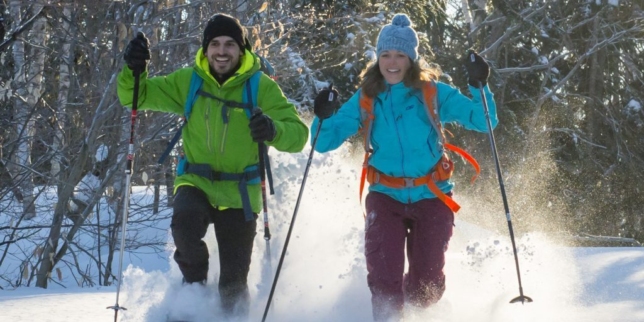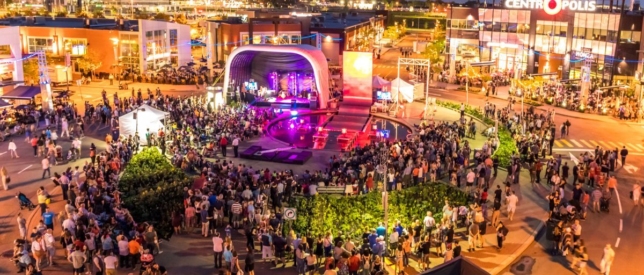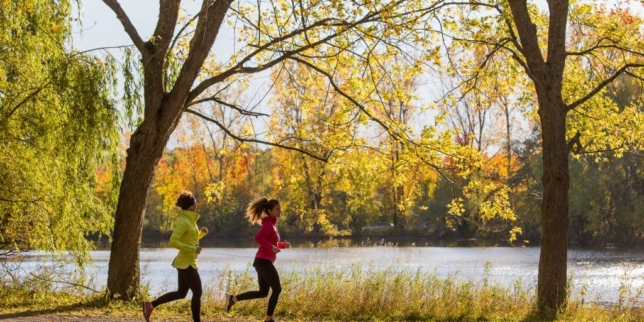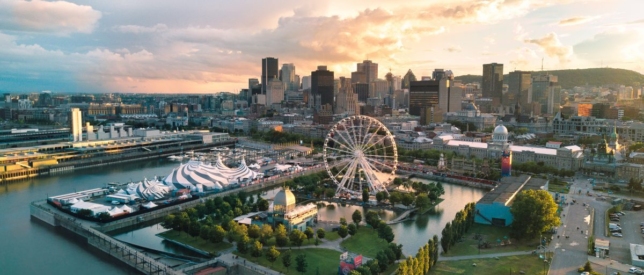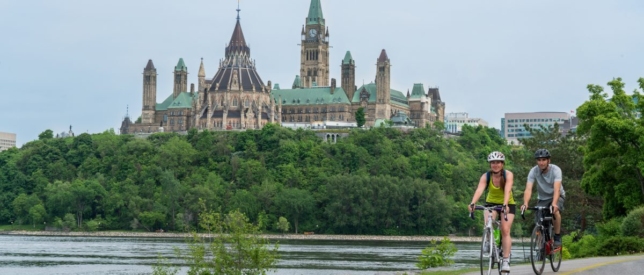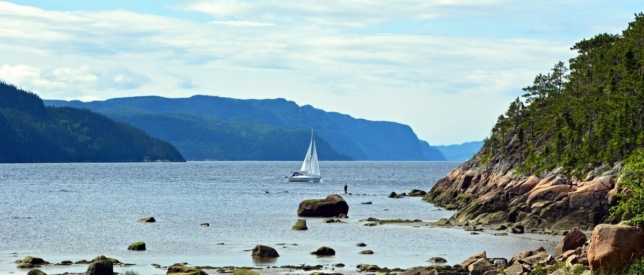In Québec, your studies become a unique human and academic adventure
Why choose Québec?
✔ To live the Canadian experience in a dynamic, human, and student-centred environment
✔ To benefit from a quality education leading to a post-secondary diploma
✔ To enjoy an exceptional quality of life in a safe environment
Québec, the ideal destination for your higher education
Québec, the ideal destination for your higher education

Speaking French in North America

Excellent job placement rate

Quality of life and safety

Diverse population
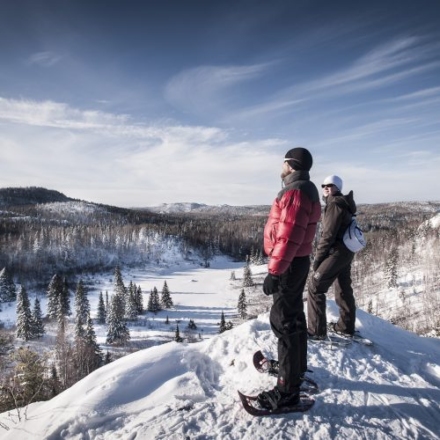
Nature and wide-open spaces
Daily life
How to prepare for moving abroad? Aside from the famous winter you’ve surely heard about, some aspects of everyday life in Québec might surprise you. Get ready by checking the sections below.
Cost of living
The cost of living varies by city and generally increases with city size. For example, average rent in Montréal is typically higher than elsewhere in Québec. That’s why it’s recommended to contact your cégep representative for information on average rents and available services in your host city. They can also offer some money-saving tips!
Keep in mind that most products and services are subject to two taxes:
- The Goods and Services Tax (GST), applied at a rate of 5%
The Québec Sales Tax (QST), applied at a rate of 9.975% (on the amount before GST)
Be aware: prices shown usually do not include tax.
At restaurants, service (tip) is not included. It’s common to leave about 15% of the bill before taxes.
Electricity
In North America, electrical outlets are 120 volts. If you bring small appliances (hairdryer, phone or laptop charger, etc.), don’t forget to bring an adapter.
Taxes
As an international student, you must file a tax return if you owe taxes or want to request a refund. Your cégep contact person can help guide you, but you can already find information on the Government of Canada website and the Revenu Québec website.
Health system
If you get injured during your stay in Québec:
- For serious cases, go directly to the nearest hospital. All hospitals have 24/7 emergency services;
For less urgent cases, walk-in clinics are available in most towns. Hours and registration processes vary by location;
-
The local pharmacy is a good resource for minor issues like coughs, colds, allergies, digestion problems, etc.;
-
Throughout Québec, the Info-Santé phone line gives you free, 24/7 access to a nurse who can answer your health questions. Dial 8-1-1 from any phone;
-
Your cégep may offer on-campus nurse services. Check your cégep’s website or ask your contact person.
Currency and banking system
The Canadian currency is the dollar ($ CAD), with bills in $5 (blue), $10 (purple), $20 (green), $50 (red), and $100 (brown). Coins are: 5 cents (¢), 10 ¢, 25 ¢, $1, and $2. To check the exchange rate with your home currency, use a tool like UX Change or a mobile app.
To open a bank account, go to any financial institution with the following:
-
a piece of ID
-
your study permit
-
proof of cégep registration
-
proof of address
Canada has seven major banks: Royal Bank of Canada (RBC), Toronto-Dominion Bank (TD), Canadian Imperial Bank of Commerce (CIBC), Bank of Montréal (BMO), Scotiabank (BNS), National Bank of Canada (NBC), and Laurentian Bank of Canada (LBC). There’s also the Desjardins credit union network, widely available across Québec.
Tip: Try to choose a bank close to your cégep and/or housing to reduce travel time.
Credit card / debit card
In Canada, a financial institution may offer you a credit card. Unlike in some countries, Canadian credit cards don’t require a deposit upfront. You can make purchases up to a monthly limit, which you must repay the next month. If you choose to use a credit card, be very cautious—interest rates are very high!
A prepaid card is another option—ask your bank about available products.
Your debit card (bank card) withdraws money directly from your bank account. You can use it for in-person transactions at the bank or at ATMs.
CAUTION: Your debit card will work at ATMs from all financial institutions, but using a competitor’s machine often incurs high fees! Check your bank’s website to find its ATM locations.
Official guides
The Québec and Canadian governments have prepared guides to help you when you arrive. Learn more about Canadian values, history, laws, and more.
Find the guides here:

Québec and its regions
Good to know
Québec, the largest of the Canadian provinces
It is made up of 17 administrative regions. Cégeps are spread across the province, each offering its own unique selection of programs.
Discover the economy of each region along with their cultural and tourist attractions.
About the province of Québec
In Canada
3% of the world’s renewable freshwater reserves
Area
Temperature
Official language
Provincial capital and historic city
National Sport
One of the great rivers of the planet
